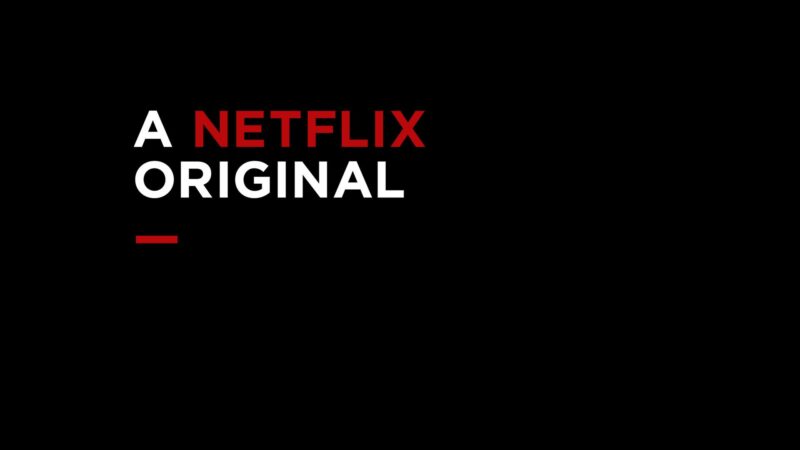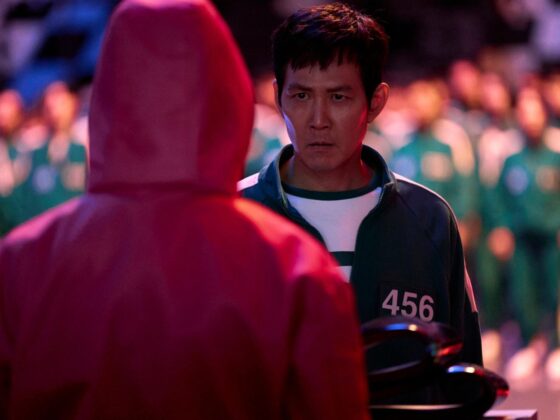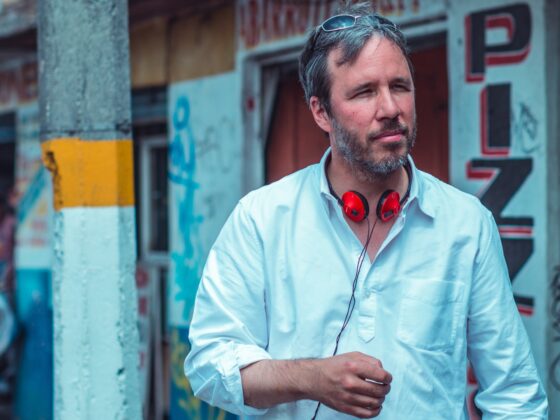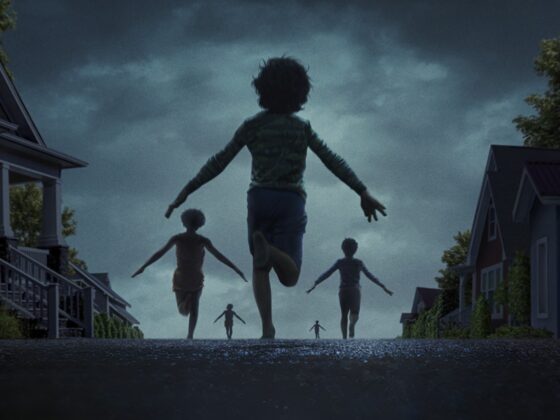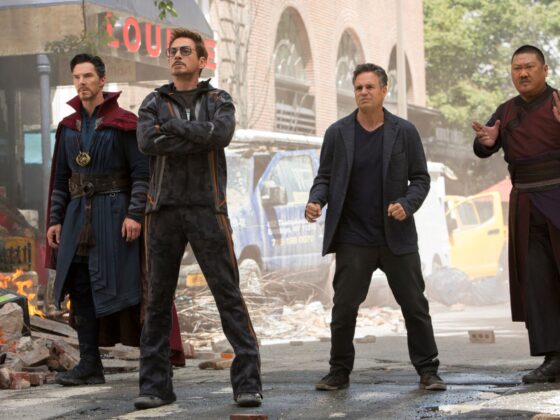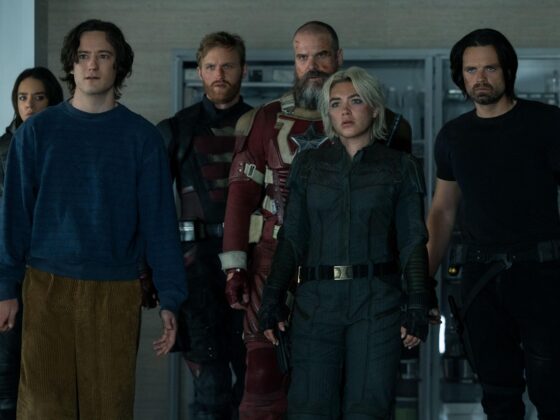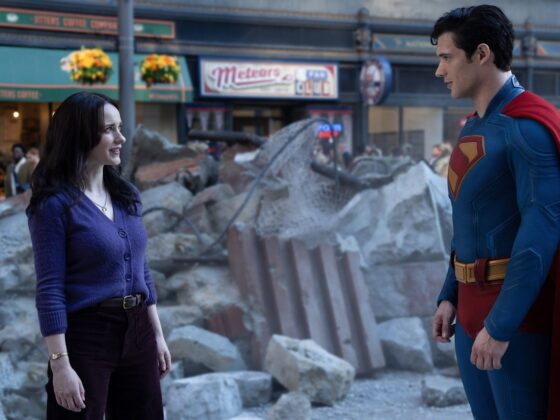We currently live in an era where entertainment is endless and attention spans are shrinking (thanks, TikTok), so is it any surprise that Netflix has pioneered a new form of cinema that barely demands to be watched at all? The streaming giant has fundamentally altered not just how we consume movies but the very nature of the films being made.
n+1 magazine recently published a detailed investigative piece, breaking down how Netflix is reshaping cinema in ways that may be impossible to reverse. According to the report, the platform’s approach to filmmaking has given rise to what could be called “Tide Pod cinema.” This essentially means content designed to dissolve into air while you fold laundry or scroll through your phone. These aren’t films meant to command attention like traditional cinema; they’re simply background noise with star power.
Your typical Netflix movie is easily recognizable. All you need to do is tick the following checkboxes:
- Algorithmically constructed titles that announce exactly what they are (for example, Murder Mystery)
- Frenetic editing that never demands sustained attention
- Oversaturated yet flat visuals that compress well for laptop viewing
- Dialogue that constantly announces what characters are doing, which is perfect for distracted viewers
- Expensive licensed music is used to create instant mood rather than thoughtful scoring
The Death of Marketing
Traditional film studios spent decades perfecting the art of movie marketing by creating campaigns that would build anticipation and cement films in cultural memory. Netflix has abandoned this entirely. Instead, movies are simply dumped onto the platform, becoming mere thumbnails in an endless scroll.
At this point, the streamer’s philosophy seems to be: why market individual films when you can just let the algorithm do the work? As Ted Sarandos, Netflix’s co-CEO, proudly declared, “A lot of the heavy lifting of getting audiences to the show is done with the user interface.”
When it boils down to numbers, Netflix has mastered the art of making failure impossible through creative accounting. Whenever you hear the company claim a film has been “viewed” millions of times, it’s counting:
- People who watched just two minutes
- Autoplay starts that nobody actively chose
- Multiple partial viewings that add up to one “complete” view
- Background plays while subscribers do other things (we all know what “Netflix and Chill” means nowadays, don’t we?)
This clever mathematics allows Netflix to claim massive successes while obscuring how little genuine engagement their films receive. It’s a system where nothing fails because nothing truly needs to succeed.

Unfortunately, for all genuine filmmakers out there, this streaming model has devastating implications. For starters, directors lose control over how their work is presented. Any thought of artistic risk-taking is discouraged in favor of algorithm-friendly formulas, and films are treated as disposable content rather than enduring works of art. As a result, the middle class of Hollywood slowly begins to disappear as traditional residual payments vanish into the ether.
What Is the Future of Cinema?
Whether we like it or not, the truth is that Netflix has created a model where movies don’t need to be memorable or even watched attentively to be considered successful. As one producer quoted in the essay asked, “Are we all just trying to keep the ball rolling so we’re just getting paid and having jobs, but no one’s really watching any of this stuff?”
Right now, Sarandos has gained unprecedented control over film production and distribution by making movies that nobody particularly cares about or remembers. In doing so, he has fundamentally altered our relationship with cinema itself.
Confronted with this reality, can meaningful cinema survive in an era of casual viewing? Will future generations even know what it means to give a film their full attention? Or are we witnessing the transformation of movies from an art form that demands engagement into mere content designed to fill the silence while we do other things? Whatever the answer is, I know for certain that it’s not a future I want to live in.
